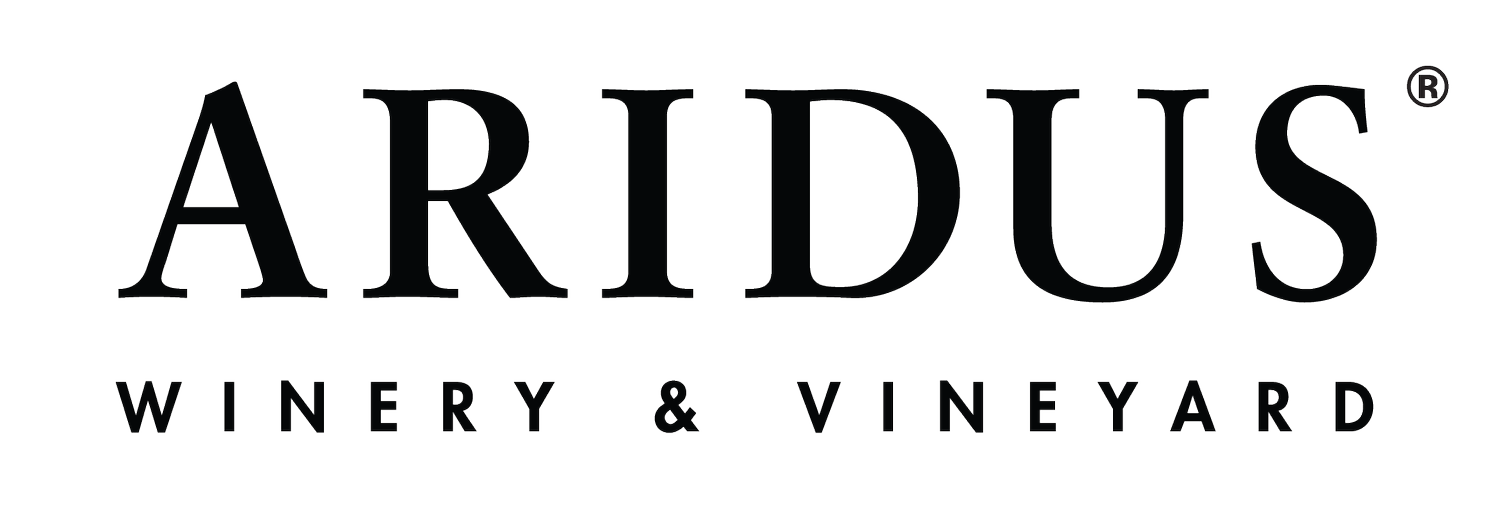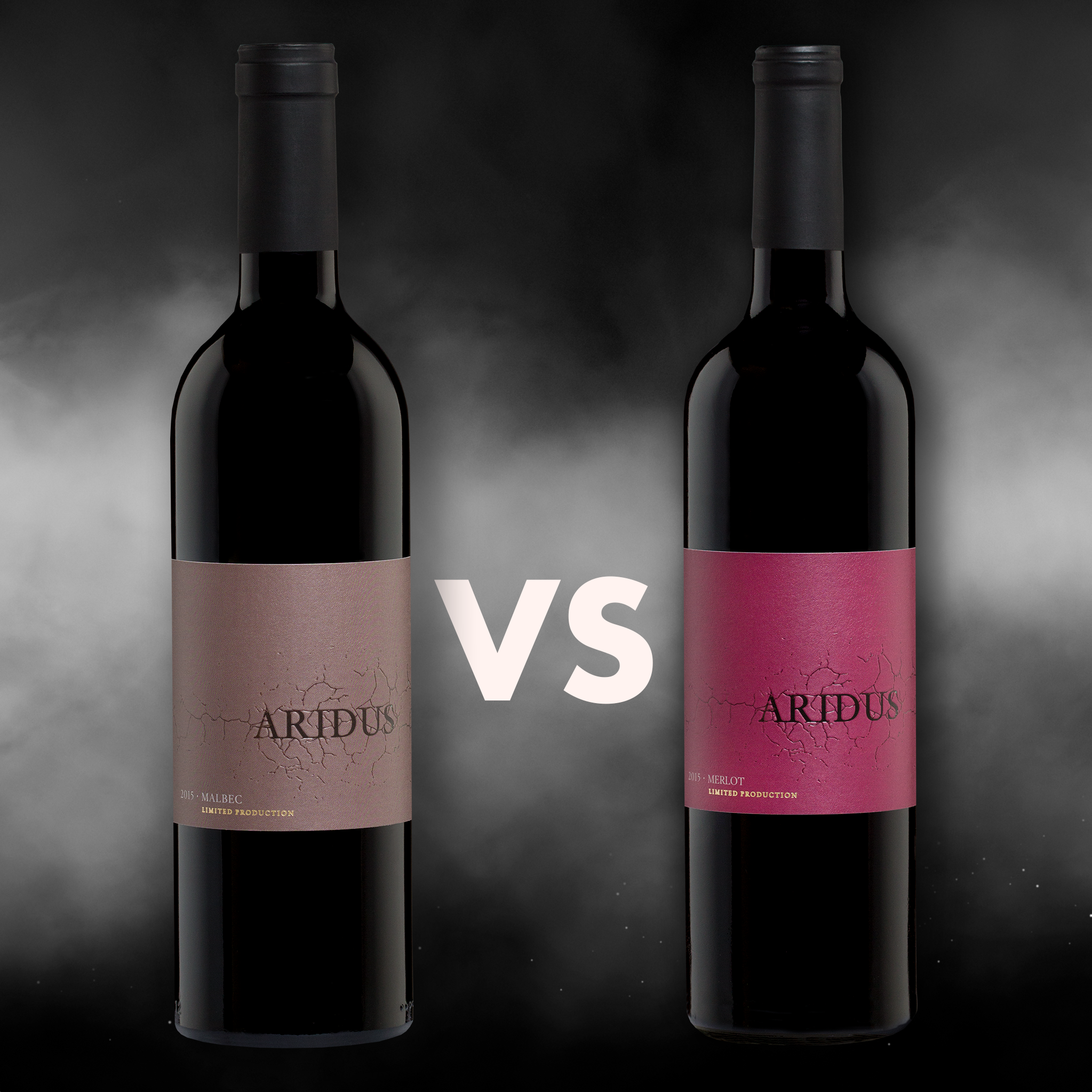Malbec vs Merlot: How to Choose Between these Two Red Wines
When thinking about an approachable and fruit-driven red wine to drink with dinner, there are two choices that leap to mind. These are, of course, Malbec and Merlot. How are these two wines similar, and how are they different? How do wines that are produced from them taste, and how might each best suit your palate and needs? Let’s dig a little deeper into each of these popular varieties to better understand them and to more wisely make our own choices regarding which to drink and when. Let the Merlot versus Malbec showdown begin!
History
Malbec and Merlot, in fact, share a parent in the grape Magdeleine Noire des Charentes, making them half siblings. Both of these grapes are used widely in blending, with the sum of the parts often being greater than the individual wines.
Merlot was first described in the 1780s in its ancestral home in the Bordeaux region of France. It was given its name after the blackbirds in the region who enjoyed eating its berries. Its other parent is Cabernet Franc (meaning that it is also a sibling of Cabernet Sauvignon). These days it is grown in nearly every winegrowing region in the world, with the largest acreage in France. Other regions that grow large volumes of Merlot include the U.S., Italy, and Australia. Even places like Romania are growing significant amounts of Merlot, so you will have no dearth of options and styles when it comes to the bottles available.
Malbec is originally from the Cahors region of France, but has made its home around the globe in Bordeaux blends, and most notably, in the high elevation vineyards of Argentina. Though Malbec’s ancestral home is France, the widest majority of genetic variation is now in Argentina due to a large number of cuttings being brought to South America prior to frosts and diseases reducing the number of vines in France in the 1800s. In fact, Argentina is now the center of the Malbec universe, as the vast majority of vines under cultivation are here, with France and the United States trailing behind in acreage.
What does Merlot taste like?
Merlot often tastes of cherry, plum, and herbs, and is quite often medium-bodied, though full-bodied expressions can also be found from warmer climes. The fruitiness of Merlots grown in warmer climates is often cast as sweetness, but in reality, these wines may be bone dry. It very much comes down to the individual producer as to whether the wine contains sugar or not, but many winemakers prefer that their Merlots be made dry to avoid microbial contamination and potential fermentation in bottle. Plum and cherry are the dominant fruit flavors of our Aridus Merlot, with an interesting top note of dill in many years. Its no secret that we enjoy the added complexity that newer oak can bring to a wine, and for this reason we tend to age our Merlot in medium toast barrels for a kiss of vanilla and fresh cut lumber. Additionally, our Merlot tends to have lower levels of tannin than some of our other reds, making it an especially good all-around food wine. Merlot pairs well with a variety of foods – notably it goes great with red sauces, with the herbal notes in the sauce playing well with the herbal notes in the wine. It also tastes great with a variety of meats – from poultry to ribs, it’s truly a versatile dining companion.
What does Malbec taste like?
Malbec can range from medium to full bodied with enticing flavors of plum, blackberries, and chocolate. It is well known for its vibrant purple color. Similarly to Merlot, the individual winery determines the style in which the wine will be made – whether dry or sweet. At Aridus, we make our Malbec dry and our fruit tends to give us clear flavors of blueberries, blackberries, bay leaf, while the barrels impart notes of coffee and char. Of course, there is variation from year to year – in a hot year you may taste more of a blackberry jam note while in cooler years the flavors skew more towards fresh blueberries. Nonetheless, the Arizona high desert is well situated for growing Malbec, and no matter the weather, the expression is unique and beautiful. It pairs well with poultry and other lean meats, as well as roasted fare, including vegetables.
Malbec vs. Merlot: The Winner
Now that you know a little bit more about these two iconic grapes, their flavors and what they go with, the rest is up to you. Whether you’re having an eggplant Parmesan or a roasted turkey, it’s hard to go wrong with either of these types of wine. However, with your additional knowledge, you may be able to hone in on the flavors and aromas you want to highlight and can choose your wine with a little more precision.

